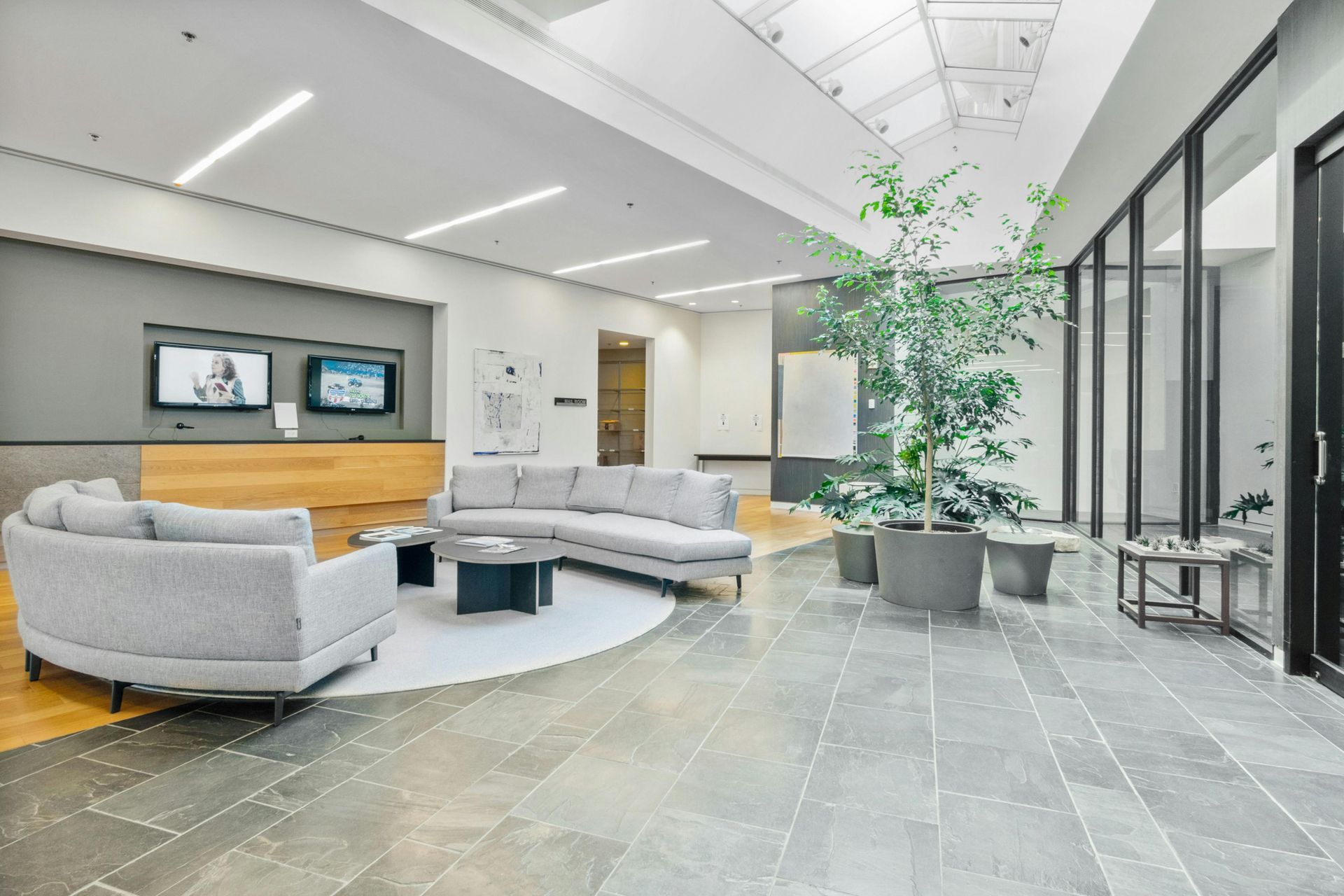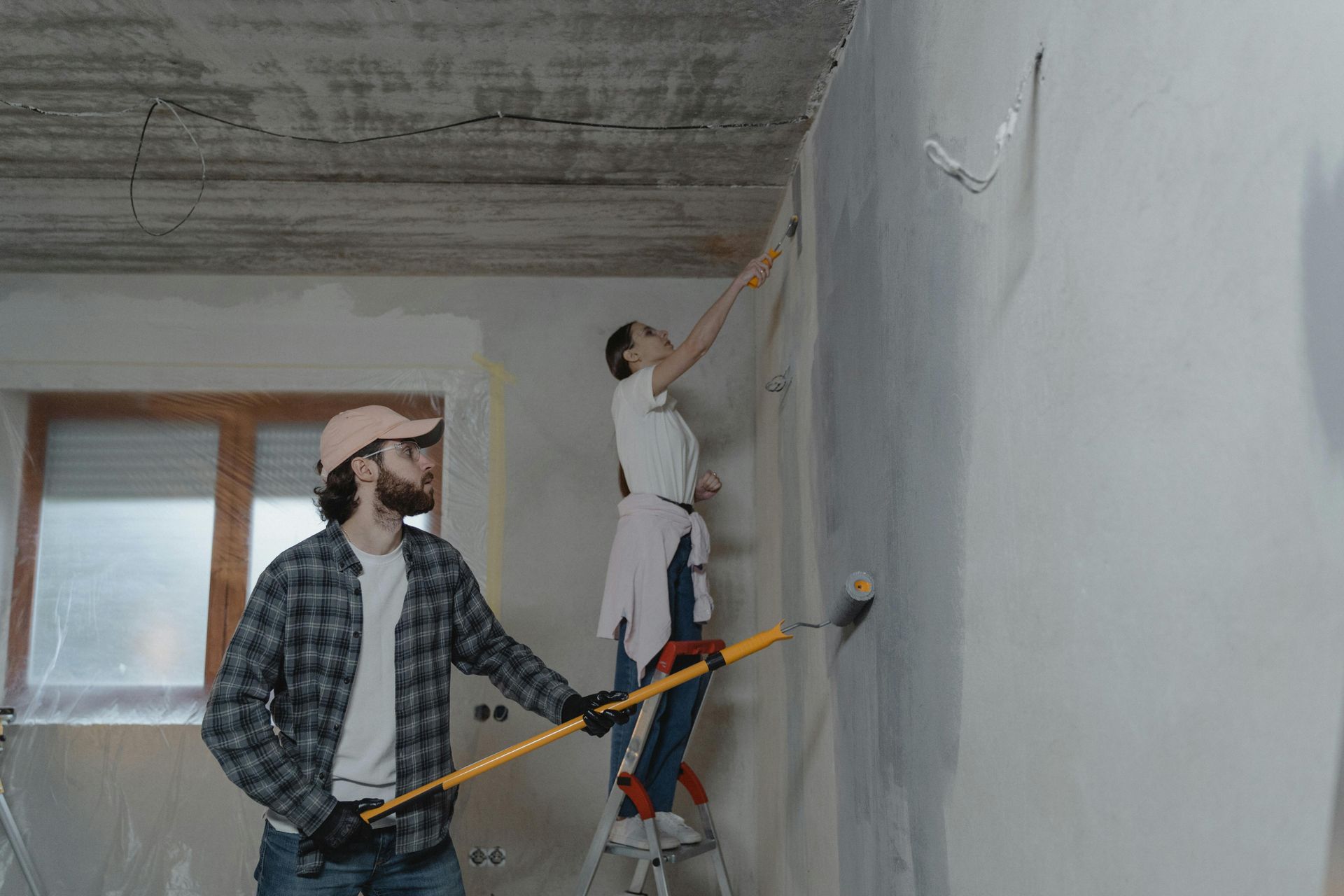Top Construction Industry Trends Shaping 2025 and Beyond
The construction industry is undergoing a transformative phase, driven by emerging technologies, sustainable practices, and evolving workforce dynamics. These trends are reshaping the way projects are planned and executed, particularly in Australia’s competitive construction sector. For industry players aiming to stay ahead, understanding and adapting to these developments is crucial. We are here to guide you through the key trends defining the future of the construction industry, highlighting how businesses like ShafBuild can lead the way.
Introduction to the Construction Industry in 2025
The construction industry is evolving rapidly, driven by advancements in technology, growing sustainability demands, and the need for resilient infrastructure. In Australia, the construction sector is a cornerstone of economic growth, with trends shaping the future of construction projects across the nation. Staying updated on these changes is crucial for industry players to remain competitive.
The Australian construction industry is at the forefront of global innovation, reflecting shifts in practices, materials, and technologies that are transforming the industry of construction. This article delves into the key trends shaping the sector in 2025, offering insights for stakeholders keen to navigate the future of the construction industry.
Sustainability and Green Construction
Sustainability is no longer an option but a necessity in the construction industry. Builders are prioritizing green construction techniques, aiming to reduce carbon footprints and energy consumption. The Australian construction market is witnessing a surge in net-zero energy buildings, innovative green materials like recycled plastics, and sustainable design practices.
Case studies from projects in Sydney and Melbourne highlight the integration of renewable energy solutions and eco-friendly construction materials. These efforts position the industry to lead globally in sustainable practices. As news on the construction industry frequently highlights, sustainability is reshaping how projects are designed and executed.
Workforce Evolution in Construction
Labor shortages have long been a challenge for the industrial construction industry. In 2025, a focus on training programs, skill development, and fostering diversity is helping address this issue.
Diversity and inclusion initiatives are not only creating more equitable workplaces but also improving productivity. Additionally, wearable technology and AI-based safety monitoring tools are enhancing construction worker safety, reducing incidents, and improving overall project efficiency.
Cutting-Edge Construction Technologies
Technological innovations continue to revolutionize the Australian construction industry. The integration of AI and machine learning is streamlining project management processes, while IoT devices enable real-time monitoring of connected construction sites.
Big data analytics play a crucial role in predicting project timelines and costs, further optimizing efficiency. Blockchain technology is another trend gaining traction, ensuring transparency in contracts and improving supply chain reliability.
Innovations in Construction Equipment and Robotics
The industry of construction is increasingly embracing automation. Robots are now deployed for repetitive tasks, enhancing precision and reducing labor costs. Drones are being used for site monitoring, surveying, and safety inspections, offering a cost-effective and efficient solution.
In addition, 3D printing technology is transforming the way structures are built, enabling rapid prototyping and construction. These innovations are a testament to the rapid advancements in the industrial construction industry.
Prefabrication and Modular Construction
Prefabrication and modular construction are gaining traction across the Australian construction industry. Off-site manufacturing of building components not only reduces project timelines but also minimizes waste.
In Sydney, notable examples of modular construction showcase its potential to revolutionize urban development. These methods align with sustainability goals and the industry’s emphasis on efficiency and innovation.
Building Information Modeling (BIM) and Digital Twins
Building Information Modeling (BIM) has become a cornerstone of modern construction projects. BIM enables seamless collaboration among stakeholders, reducing errors and improving project outcomes. Digital twins take this a step further by creating virtual replicas of physical assets, enhancing infrastructure management and maintenance.
As Australia construction news highlights, these tools are critical for the future of construction industry projects, particularly in urban environments.
Smart Cities and Urban Development
Smart cities represent the future of urban living, with the construction industry playing a pivotal role. Projects in Sydney and other Australian cities are incorporating IoT devices, AI systems, and renewable energy solutions to create more connected and sustainable urban spaces.
The Australian construction market is well-positioned to lead in smart city developments, reflecting global trends while addressing local needs.
Emerging Construction Materials and Techniques
Innovation in materials is driving the construction industry forward. Living materials, such as self-healing concrete, are paving the way for structures that are both durable and eco-friendly. Other advancements, such as translucent wood and lightweight composites, are gaining traction.
These materials enhance building performance while aligning with sustainability goals, solidifying Australia’s position in the global construction sector.
Circular Economy in Construction
The circular economy is revolutionizing the construction industry by emphasizing recyclable materials and rented equipment. This approach not only reduces waste but also cuts down on resource consumption.
The adoption of circular practices reflects the Australian construction industry’s commitment to sustainability, as highlighted in recent news about construction industry initiatives.
Resilience in Construction: Post-Pandemic Trends
The COVID-19 pandemic reshaped many industries, and construction was no exception. Post-pandemic trends include a focus on remote project management tools and flexible work environments.
Lessons learned during the pandemic are now driving innovation and resilience in the construction sector in Australia, ensuring better preparedness for future challenges.
Digital Marketing and Brand Building in Construction
Digital marketing is emerging as a critical tool for construction companies. By leveraging SEO strategies and engaging content, businesses can enhance visibility and attract clients.
The Australian construction industry is increasingly adopting digital marketing techniques to build brand authority and credibility, ensuring success in a competitive market.
The Future of the Construction Industry
The future of the construction industry is marked by innovation, sustainability, and resilience. As the Australian construction market evolves, companies like ShafBuild are positioned to lead, contributing to cutting-edge projects and setting benchmarks for excellence.
By staying ahead of trends and embracing change, the industry is poised for continued growth, shaping the built environment of tomorrow.










